Bunions: Conventional vs. Natural Approaches
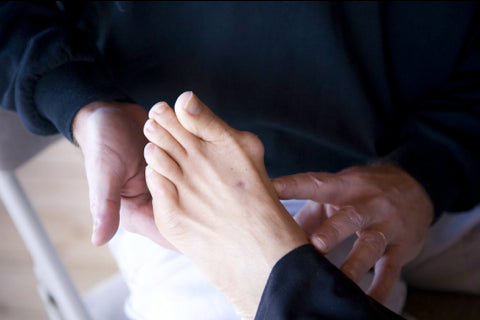 In this video, Dr. Ray McClanahan, a sports podiatrist at Northwest Foot and Ankle and the inventor of Correct Toes, discusses how bunions are treated using conventional and natural approaches. This video takes a closer look at the effects of footwear on foot and toe anatomy and function and the role of conventional footwear (especially the design element called toe box taper) on bunion formation. Dr. Ray also delves deeper...
Read more
In this video, Dr. Ray McClanahan, a sports podiatrist at Northwest Foot and Ankle and the inventor of Correct Toes, discusses how bunions are treated using conventional and natural approaches. This video takes a closer look at the effects of footwear on foot and toe anatomy and function and the role of conventional footwear (especially the design element called toe box taper) on bunion formation. Dr. Ray also delves deeper...
Read more



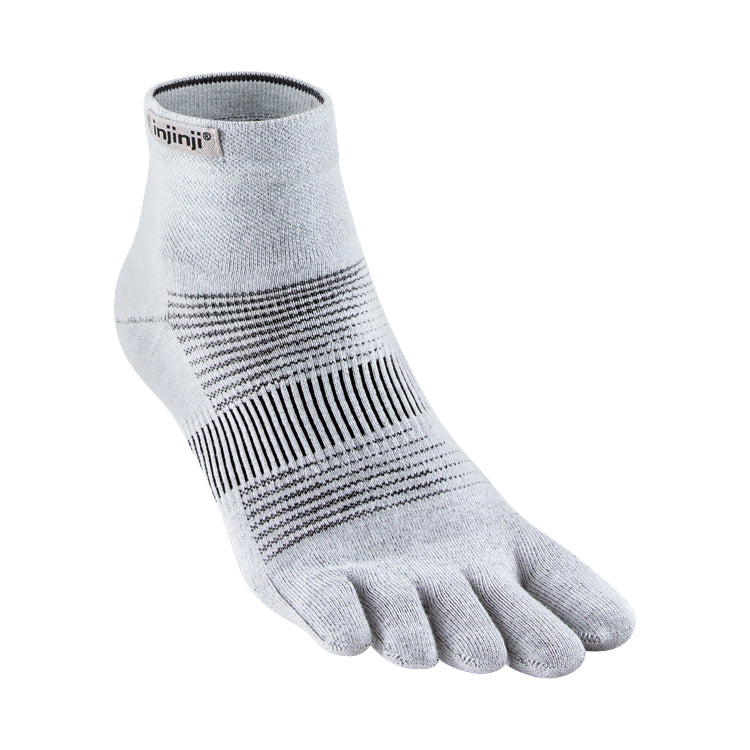

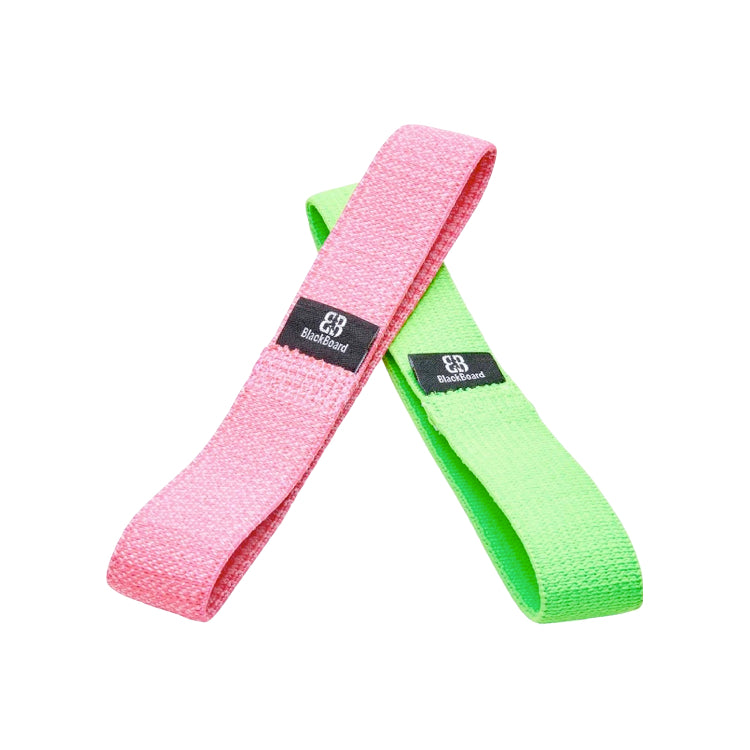
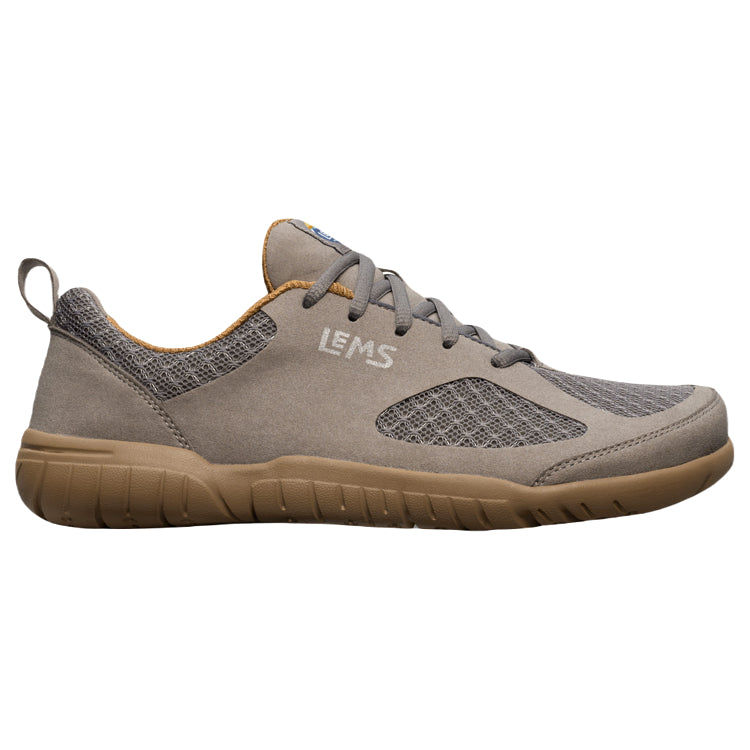
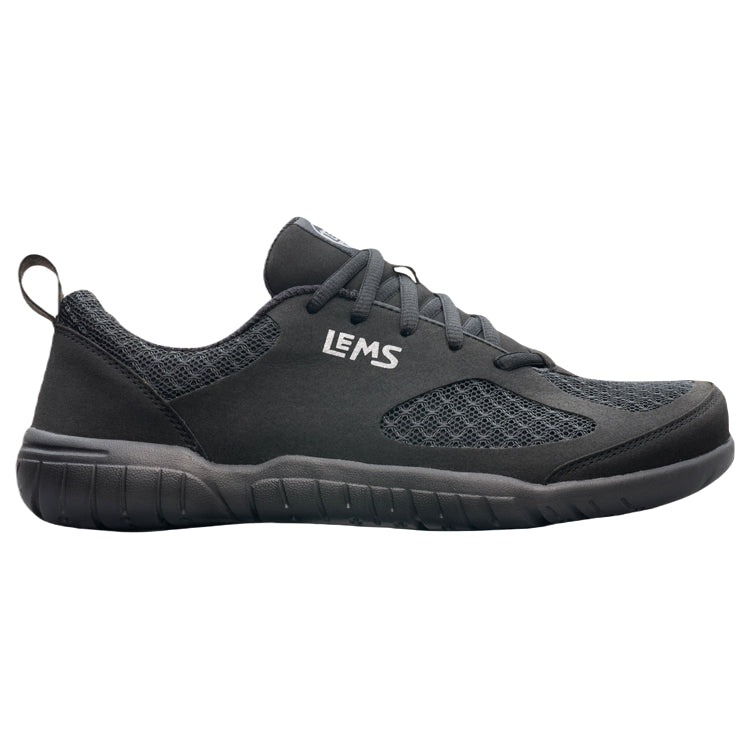



In the video, when you show the massage of the adductor hallucis muscle, it’s not clear whether you massage both the top and bottom of the foot or just the top. Can you please clarify? Thanks.
Thank you for your question, Lynette! The massage should focus exclusively on the top of the foot, between the 1st and 2nd metatarsal bones. This is how you best access the adductor hallucis muscle when hunting for trigger points and restoring proper tone to the muscle belly itself.
I hope this info helps!
All best,
Marty Hughes, DC
Thank you for providing this wonderful natural treatment for bunions, as many of us want to get relief from bunions without undergoing surgery. And your bunion-fighting footwear really helps those who are suffering from painful bunions. My friends also get relief from painful bunions by wearing your footwear. Please keep posting such helpful resources!
Thank you for your kind words, Isabella! We really appreciate it!
All the best,
Marty Hughes, DC
Hi! How often, and for how long, should these exercises be done every day? Also, what is that little ball that is used in the last exercise? And what kind of rubber band is that? How much resistance should the band have?
Hi, Nicole,
Great questions! You can perform the exercises demonstrated in this video 2-3 times per day to help reverse a bunion. Something in the neighborhood of 30-60 seconds per exercise should work well. For the exercise that involves a band and a small ball, you might consider using the “micro round” found inside the Naboso Neuro Ball:
www.naturalfootgear.com/products/naboso-neuro-ball
The elastic band that’s used in the demonstration is produced by a company called MELT, but, really, you can use any wide rubber band that offers you the ability to generate moderate tension. With this exercise, you want to apply a gentle stretch to the adductor hallucis muscle (i.e., the muscle on the inside aspect of the big toe), so you don’t want a band that’s too tight, otherwise, when you use the band to spread your toes, you may inadvertently end up strengthening this muscle, which will pull your big toe even further into a bunion configuration. So, make sure you’re engaging in a passive stretch of the big toes, and not an active adductor hallucis muscle contraction.
I hope this info helps!
Kind regards,
Marty Hughes, DC
Regarding the toe spacers, I need to know what size to get. My shoe size is 9.5 wide (I had bunion surgery 20 years ago; they came back). Also, does it come in natural color?
Hi, Cynthia,
Thank you for your message. Most women who wear a women’s US shoe size of 9.5 do best with the Medium size in Correct Toes (except for those who have relatively narrow toes, who might do better with the Small size). You can always order both sizes, try them on side-by-side to compare the fit, and then return the size that doesn’t fit as well for a refund. As of this moment, Correct Toes comes in three colors: Aqua, Original (clear), and Plum.
Please let us know if you have any additional questions!
Kind regards,
Marty Hughes, DC
Some info for you: On my right foot, I broke my little toe a few years back, and it’s still uncomfortable if I wear socks that are too tight. I have a bunion on the same foot, as well as a hammertoe on the second toe that just developed. My podiatrist states that I have an inflamed right heel. I have exercises and orthotics for both feet (the latter I have had for several years). My right foot has always tended to be flat-footed, and I unconsciously overcompensate by walking more on the outside edge of my foot even though I am wearing shoes and orthotics. The pain keeps me walking incorrectly.
Hi, Mary,
I’m so sorry to hear about all the problems you’ve been experiencing with your right foot. There is a lot to consider there! The approach that we use and love here at Natural Footgear can, in our experience, be helpful for many of the issues you mentioned. You might consider checking out this article from our site, that lists and discusses some of the top tools and tips for addressing chronic foot problems and building a stronger, healthier foot:
www.naturalfootgear.com/blogs/educational-articles/10-best-natural-foot-health-tools-tips
And, of course, if you have any specific questions, please do let us know.
Kind regards,
Marty Hughes, DC
Hi! For a big toe with a bunion, is it okay to bend it forward, such as you would when bending down before a race or when doing a plank while up on the toes? This is the only position that hurts slightly, but I’d like to correct that. Thanks!
Hi, Julie. Thank you for your question about bunions! It sounds like you’re asking whether or not it’s recommended to work on dorsiflexion (aka extension) of your big toe with a bunion to help address the discomfort you’re feeling with movement in that plane of motion. Most bunions are associated with reduced big toe range of motion, and in our experience, we’ve found it helpful (for the purposes of addressing the bunion) to work on improving big toe movement in all planes. We’ve also found it helpful to perform big toe circumduction (a circular movement of the big toe that incorporates all the cardinal movements of that toe—abduction, adduction, plantarflexion, and dorsiflexion), as well as traction and torsion, to the extent that any of these are possible.
However, since the underlying cause of most bunions is conventional footwear, we usually find it best to focus primarily on the stretches or exercises that best combat the toe-deforming effects of tapering toe boxes, heel elevation, and toe spring. This means stretching the big toe into plantarflexion (aka flexion) via the Toe Extensor Stretch, stretching the big toe into abduction via the Big Toe Stretch, and strengthening the abductor hallucis muscle through the use of BlackBoard ToeBands. Using Correct Toes and foot-healthy footwear is also key to restoring proper toe alignment and improving range of motion (as well as your comfort level) in both big toe dorsiflexion and plantarflexion.
Addressing your bunion and freeing up your big toe to move better in all directions should be helpful in alleviating much of the discomfort you’re currently experiencing, but bear in mind that this process will take time, and it may not be immediately apparent that helpful changes are afoot. Of course, we always suggest that, before starting any treatment routine, you consult a foot care practitioner who can better assess your unique situation and circumstances and offer you the most personalized care possible.
For more info about natural approaches to bunions, we recommend that you check out these resources on our site:
Bunions
www.naturalfootgear.com/blogs/educational-articles/bunions
Bunions & Heredity
www.naturalfootgear.com/blogs/educational-articles/bunions-heredity
What Are the Best Shoes for Bunions?
www.naturalfootgear.com/blogs/popular-q-a/what-are-the-best-shoes-for-bunions
Bunions: Conventional vs. Natural Approaches
www.naturalfootgear.com/blogs/educational-articles/bunions-conventional-vs-natural-approaches
We hope this info helps, Julie! Please don’t hesitate to reach out with any follow-up questions or thoughts.
Yours in Foot Health,
Drs. Marty & Robyn Hughes